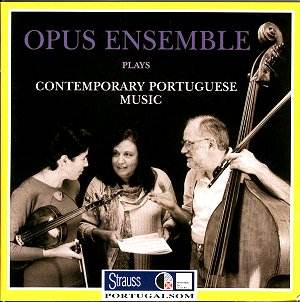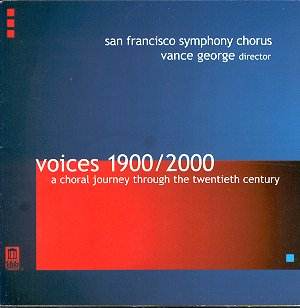 Composer: Roberto
Composer: Roberto
Works: Arias from operas by Bellini (La sonnambula, Norma, I puritani, Il pirata) and Donizetti (Poliuto, La Favorite, Don Pasquale, Roberto Devereux, Dom Sebastien, L’Elisir d’amore, La Fille du Régiment)
Performers: Roberto Alagna (tenor), London Voices, London Philharmonic Orchestra/Evelino Pido
Recording: No 1 Studio, Abbey Road, London, recorded 1999
Label: EMI Classics 7243 3 557302
Roberto Alagna’s discography has long been a testament to the tenor’s commitment to the bel canto repertoire, a genre defined by its emphasis on lyrical beauty and technical finesse. His latest offering, a collection of arias from the works of Bellini and Donizetti, finds the artist navigating the challenging waters of romantic Italian opera, a style steeped in historical significance and vocal demands. Alagna’s interpretive choices, while sometimes laudable, reveal a mixed engagement with the nuanced requirements of this repertoire, particularly when contrasted with the performances of his contemporaries.
As I delved into the album, the opening track, “Prendi I’anel ti dono” from Bellini’s La sonnambula, set an anticipatory tone. However, it quickly became apparent that Alagna struggles with the essential lightness and agility required for this tenor di grazia role. Unlike the effortlessly graceful interpretations offered by legends like Giuseppe Di Stefano or the more recent Juan Diego Flórez, Alagna’s rendition is marked by a certain labored quality, particularly in his register transitions. The voice, while possessing a rich timbre, at times lacks the necessary buoyancy, which diminishes the overall effect of this quintessentially tender aria.
In “Una furtiva lagrima” from Donizetti’s L’Elisir d’amore, Alagna’s vocal approach reveals further inconsistencies. While he attempts to evoke the poignant longing inherent in the piece, the final phrases lack the caressing touch that characterizes Pavarotti’s famous interpretation. Instead, Alagna’s tone occasionally turns nasal, detracting from the lyrical line. The heavier demands of Pollione in Norma suit him better, yet, even here, a more varied palette of dynamics and color would have enhanced the emotional depth of the performance.
The selections from Donizetti’s French operas, particularly La Favorite and La Fille du Régiment, showcase some of Alagna’s strengths. His portrayal of Fernand’s Act I cavatina is marked by a more assured vocal projection, although the conclusion reveals a falsetto quality that undermines the heroic intent of the character. The duet in La Fille, while dynamic and engaging, still feels overshadowed by the singers’ contrasting levels of artistry, particularly when his wife contributes with greater finesse and vocal agility.
The engineering quality of the recording deserves commendation. The clarity of the sound and the balance between orchestra and voice allow for a pleasant listening experience, thanks in large part to Evelino Pido’s adept conducting. Yet, the recording’s history—captured in 1999 but released years later—raises questions about the artistic choices made during the sessions, perhaps hinting at underlying uncertainties regarding the final product.
Alagna’s efforts in this album are commendable, yet they often fall short of the ideals set forth by the great tenors before him. The selections resonate with the passion of bel canto but ultimately reveal a vocalist grappling with the demands of the repertoire. The potential for greatness remains evident, but the realization does not fully align with the artistic aspirations that define this music. The album serves as a reminder of the complexities inherent in bel canto singing, where technical prowess must harmonize with interpretive insight, a balance that Alagna often approaches but infrequently masters.



